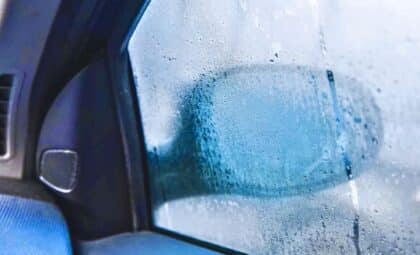In the aftermath of a fatal collision between a self-driving Uber and a bicycle-pushing pedestrian, priority seems to be given to the matter of finding out who is to blame. And, after many, many people speculatively said, “Shouldn’t the Uber’s LIDAR sensors have been able to see her before the crash?” LIDAR sensor producer Velodyne is deflecting blame from the system by saying yes, it probably did.
Information Is Good: How much do you know about maintaining your tires?
LIDAR, for those unfamiliar, is a type of radar system that uses lasers to continually scan the area and map any objects that bounce the lasers back. On the car, it is the little dome or cylinder that sits on the very top. This system would have absolutely no problem seeing in the dark.
Voledyne in particular makes these sensors for several companies that are testing self-driving cars, including Uber, and Marta Thoma Hall, president Velodyne Lidar, Inc., told Bloomberg in an email that the company is “baffled” by the collision, adding that although the sensors could have seen Elaine Herzberg before the car hit her, “Lidar doesn’t make the decision to put on the brakes or get out of her way.”
Drive Carefully: Here is how to drive more safely in dangerous weather
So, in a nutshell, LIDAR is a sensor, and only feeds information. It doesn’t tell the car what to do. This would swing the burden of blame for the incident firmly back onto Uber’s programming.
That theory is backed up by input from University of South Carolina law professor Bryant Walker Smith, who told Jalopnik that the problem was likely that the system classified Herzberg as “something other than a stationary object.”
News Sources: Jalopnik, Bloomberg
The News Wheel is a digital auto magazine providing readers with a fresh perspective on the latest car news. We’re located in the heart of America (Dayton, Ohio) and our goal is to deliver an entertaining and informative perspective on what’s trending in the automotive world. See more articles from The News Wheel.











